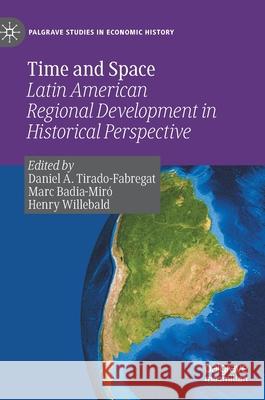Time and Space: Latin American Regional Development in Historical Perspective » książka
topmenu
Time and Space: Latin American Regional Development in Historical Perspective
ISBN-13: 9783030475529 / Angielski / Twarda / 2020 / 407 str.
Time and Space: Latin American Regional Development in Historical Perspective
ISBN-13: 9783030475529 / Angielski / Twarda / 2020 / 407 str.
cena 563,56
(netto: 536,72 VAT: 5%)
Najniższa cena z 30 dni: 539,74
(netto: 536,72 VAT: 5%)
Najniższa cena z 30 dni: 539,74
Termin realizacji zamówienia:
ok. 22 dni roboczych.
ok. 22 dni roboczych.
Darmowa dostawa!
Kategorie:
Kategorie BISAC:
Wydawca:
Palgrave MacMillan
Seria wydawnicza:
Język:
Angielski
ISBN-13:
9783030475529
Rok wydania:
2020
Wydanie:
2020
Numer serii:
000462744
Ilość stron:
407
Waga:
0.71 kg
Wymiary:
21.01 x 14.81 x 2.87
Oprawa:
Twarda
Wolumenów:
01
Dodatkowe informacje:
Wydanie ilustrowane











